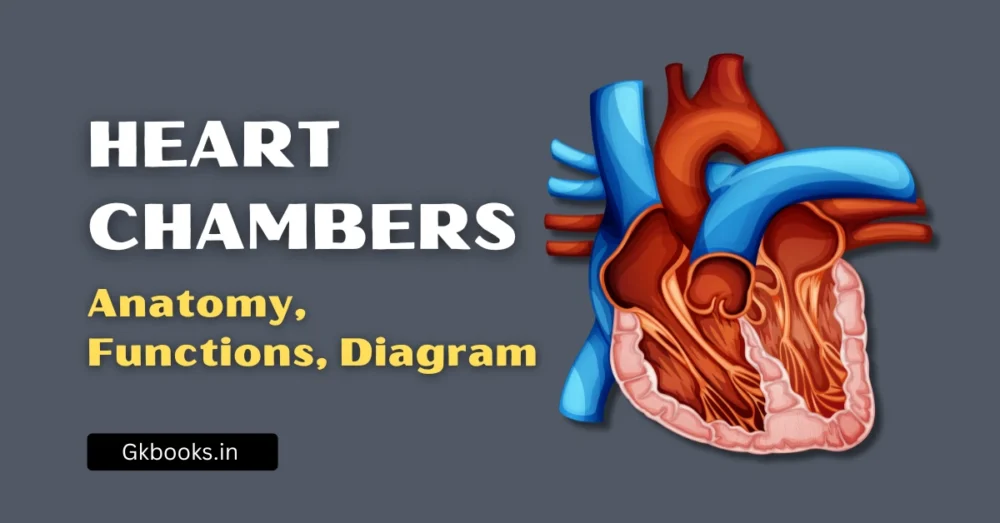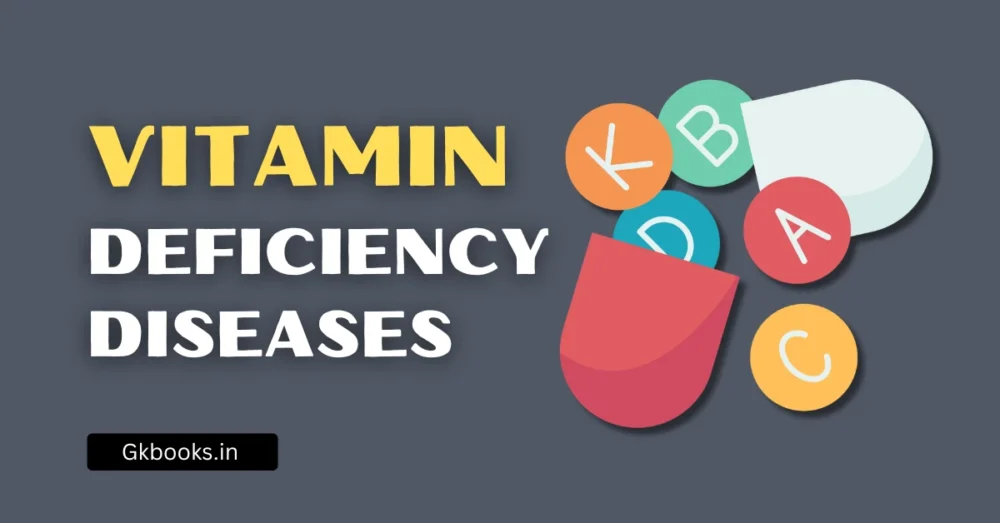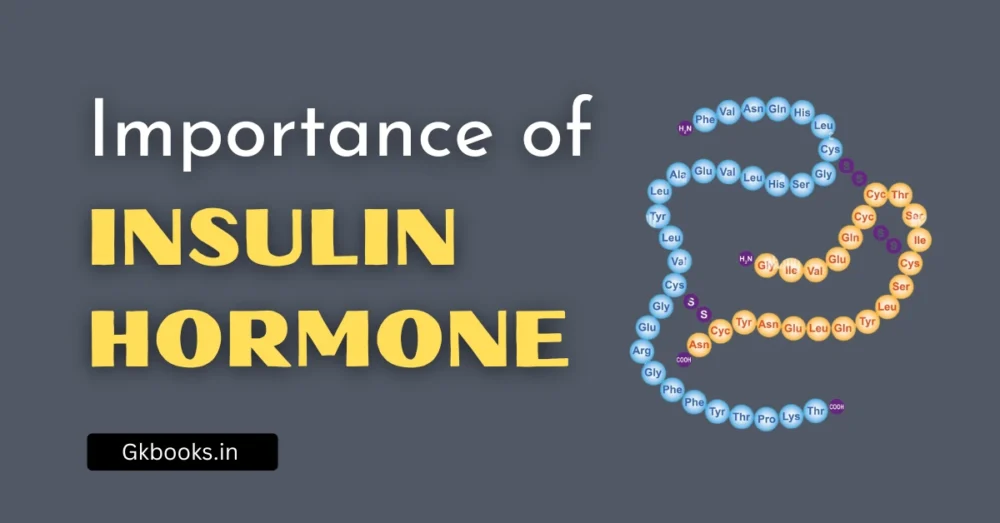“Your blood is smarter than you think! It knows exactly when to flow and when to stop.”
When you get a cut or injury, your blood doesn’t keep flowing forever — it stops automatically after some time. Why? Because of a life-saving process called blood coagulation or blood clotting.
Let’s understand this amazing natural mechanism in a simple and exam-ready format.
🔍 What is Blood Coagulation?
Blood coagulation is the process by which blood forms a clot (thrombus) to prevent excessive bleeding when a blood vessel is injured.
✅ Involves:
- Platelets
- Clotting factors
- Fibrin
🧠 Definition:
“Blood coagulation is the process by which blood changes from a liquid to a gel, forming a clot to stop bleeding.”
◾Explore Further: Formed Elements in Blood: Explained for Competitive Exams
🧩 Why is Blood Coagulation Important?
- Prevents excessive blood loss
- Protects the body from infections by sealing wounds
- Helps in wound healing
🧪 Key Components of Blood Involved in Coagulation
| Component | Function |
|---|---|
| Platelets (Thrombocytes) | Small blood cells that stick to damaged vessel walls and form a plug |
| Clotting Factors | 13 proteins that help form the clot in a stepwise manner (clotting cascade) |
| Fibrinogen (Factor I) | Gets converted into fibrin, which forms a net-like structure to trap blood cells |
| Calcium ions (Ca²⁺) | Help in activating various clotting factors |
| Vitamin K | Essential for the production of clotting factors |
⚙️ Steps in Blood Coagulation (Clotting Cascade)
1️⃣ Vascular Spasm (Vasoconstriction)
- Blood vessels narrow at the site of injury
- Helps reduce blood flow and loss
2️⃣ Platelet Plug Formation
- Platelets stick to the exposed site
- Form a temporary plug to block the bleeding
3️⃣ Coagulation (Clot Formation)
Two pathways activate clotting:
🔸 Intrinsic Pathway
- Begins inside the blood vessels due to trauma
🔸 Extrinsic Pathway
- Triggered by external injury involving Tissue Factor (Factor III)
🧪 Both pathways lead to the Common Pathway:
→ Activation of Factor X
→ Prothrombin (Factor II) converts into Thrombin
→ Thrombin converts Fibrinogen (Factor I) into Fibrin
→ Fibrin forms a stable clot
4️⃣ Clot Retraction & Repair
- Clot tightens to pull the wound edges together
- Healing begins
5️⃣ Fibrinolysis (Clot Dissolution)
- Once the wound is healed, the Plasmin enzyme dissolves the clot
◾Check This Out: Composition of blood PDF
🧪 Table of Clotting Factors
Here’s a helpful table of the 13 blood clotting factors, often asked in MCQs:
| Factor | Name |
|---|---|
| I | Fibrinogen |
| II | Prothrombin |
| III | Tissue Factor (Thromboplastin) |
| IV | Calcium (Ca²⁺) |
| V | Proaccelerin |
| VII | Proconvertin |
| VIII | Anti-hemophilic Factor A |
| IX | Christmas Factor (Anti-hemophilic B) |
| X | Stuart-Prower Factor |
| XI | Plasma Thromboplastin Antecedent |
| XII | Hageman Factor |
| XIII | Fibrin-Stabilizing Factor |
📌 Note: There is no Factor VI.
🧠 Memory Tip (Mnemonic)
“Foolish People Try Climbing Long Slopes After Christmas Some People Have Fallen.”
This silly sentence helps remember the 13 clotting factors:
| Mnemonic Word | Clotting Factor |
|---|---|
| Foolish | Factor I – Fibrinogen |
| People | Factor II – Prothrombin |
| Try | Factor III – Thromboplastin |
| Climbing | Factor IV – Calcium (Ca²⁺) |
| Long | Factor V – Labile factor |
| Slopes | Factor VII – Stable factor |
| After | Factor VIII – Anti-hemophilic A |
| Christmas | Factor IX – Christmas factor |
| Some | Factor X – Stuart-Prower |
| People | Factor XI – Plasma thromboplastin antecedent |
| Have | Factor XII – Hageman factor |
| Fallen | Factor XIII – Fibrin-stabilizing factor |
🎯 Note: There is no Factor VI.
⚠️ Disorders Related to Blood Clotting
| Disorder | Description |
|---|---|
| Hemophilia | A genetic disorder where the body can’t form clots properly |
| Vitamin K Deficiency | Leads to poor clotting and prolonged bleeding |
| Thrombosis | Formation of clots inside blood vessels, which may block blood flow |
💡 Exam Quick Facts (One-Liners)
- The main clotting factor is fibrinogen (Factor I). Fibrinogen (Factor I) → Converts to fibrin to form the mesh.
- Thrombin converts Fibrinogen into Fibrin
- Calcium (Factor IV) is essential for blood clotting.
- Vitamin K is needed to synthesize clotting factors in the liver.
- Hemophilia A is due to deficiency of Factor VIII.
- Blood clotting is a defense mechanism of the body.
- Intrinsic and extrinsic pathways merge at Factor X
🧭 Real-Life Analogy
Imagine you have a leak in a water pipe. You:
- Use a cloth (platelets) to block it temporarily.
- Then apply cement (fibrin) to seal the pipe.
Blood coagulation works just like that!
✍️ Study Tips for Blood Coagulation
- Use diagrams to visualize the process.
- Practice mnemonics for remembering clotting factors.
- Revise the sequence of events in clotting – many MCQs are based on that.
- Solve previous year questions from SSC, RRB, and State PSCs.
✅ Practice Questions (For Quick Revision)
Q1: Which vitamin is essential for blood clotting?
a) A
b) C
c) K
d) D
Q2: Which clotting factor is also known as ‘Prothrombin’?
a) I
b) II
c) III
d) IV
Q3: Which blood cells help in clotting of blood?
a) RBCs
b) WBCs
c) Platelets
d) Plasma
Q4: Fibrin is formed from which clotting factor?
a) Prothrombin
b) Fibrinogen
c) Thromboplastin
d) Calcium
🚀 Final Words of Motivation
“Even a drop of blood can teach us discipline and defense!”
Understanding blood coagulation is not just important for exams but also shows us how the body’s defense system works to save our lives every day. Stay curious, keep revising, and believe in your preparation journey. Every small topic you master takes you closer to success!






